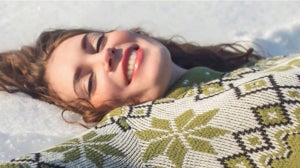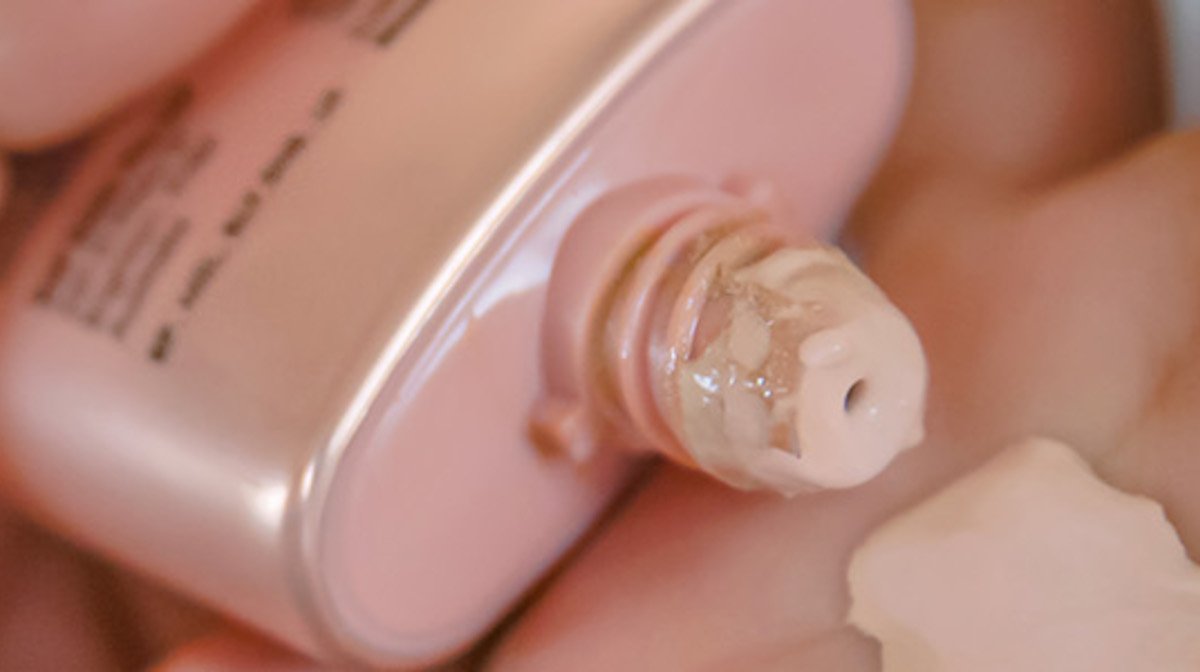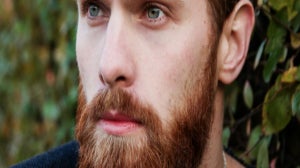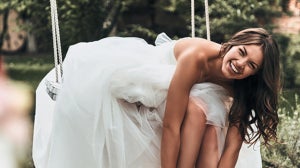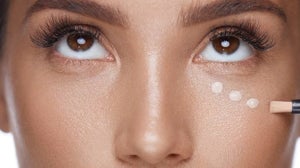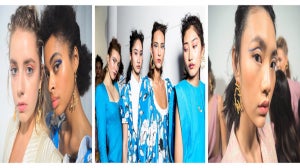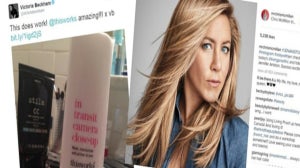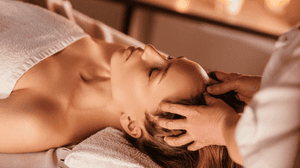
When it comes to product labelling, understanding what all of the terms and symbols really meancan beeasiersaid than done. From sustainability to safety, it’s only natural to want to know what exactly is in the product you’reusing, how effective it really is, and if it’s been produced in a way that aligns with your values.Allbeauty has done the hard work for you and put together a guide to the most common symbols andterms usedon beauty products, so you know exactly what you’re using on your skin. Let’s start with 3 of the most commonlabels you’ll find on beauty products.
Clinically Tested:If a product is “clinically tested”, it has been tested in aclinical setting. This testing is typicallycarried out by the beauty brand on a small number of participants–most reputable skincare brands would carryout testing on a group of at least 30 participants. It tells you that the product is considered safeto use, but doesn’treally say much about how effective the product actually is. A product might be clinically tested, but it doesn’tguarantee that the results showed that the product will be beneficial.Dermatologically Tested and Approved:Like the term‘clinically tested’, the terms ‘dermatologist tested’ and‘dermatologist approved’ simply means that a dermatologist was involved in the testing process. The ‘testing’ and‘approval’ process refers more to a review of the clinical data and ingredients rather than a test of the product’seffectiveness, so having this label isn’t a guarantee that the product will work wonders for you, but it tells you thatit is safe to use.Hypoallergenic:You’re unlikely to come across the term ‘allergen-free’ in the UK asEU regulations do not allow theuse of the term. However, many products use the term ‘hypoallergenic’ to indicate that the ingredients in theproducts produce fewer allergic reactions and that the products are free from 26 known allergens. It’s still alwaysrecommended to do a patch test before using a new product, just in case you have a reaction.
When it comes to sun protection, the labeling criteria is much more regulated. To learn more about the labels onsunscreen and how to stay protected, read allbeauty'sguide on
Why SPF Matters And What You Need To Know.Next, let’s take a look at some of the most common signs and symbols you’ll see on beauty products.
Organic: The term organic itself is not regulated, and even products with only a small percentage of organicingredients can use the term. However, if a product displays the ECOCERT logo, it means that over 95% of theingredients are organic, while the ECOCERT Natural logo means that at least 50% of the ingredients are organicand natural. The COSMOS Organic and COSMOS Natural certifications offered by the Soil Association give similarstamps of approval.
Cruelty Free:When youthinkof animal testing,images ofcute, furry bunnies or sad-eyed beaglesmight be thefirst things that spring to mind.Thankfully, theEU and UK Cosmetics Regulations don’t allow finished cosmeticproducts or their ingredients to be tested on animals. However, some countries have a mandatory animal testingpolicy. To make sure that the brand is not party to any form of animal testing anywhere in the world, look out forthe Leaping Bunny symbol or the PETA Cruelty Free logo.

Mobius Loop:You’ve probably seen this recycling symbol on household products as well as beauty products. Threegreen arrows fold to form a loop to indicate that the packaging is recyclable. If the triangleis contained within acircle and has a percentage inside it or next to it, it indicates that the packaging is made up of a certain percentageof recycled material. Other numbers and letters associated with the symbol indicate the kind of material used inthe packaging to help with further recycling.
Green Dot:This dot made up of two interlocking arrows is usually any colour but green. Basically, the symbol meansthat the manufacturer of the product employs the services of a specialist company to recycle and recoverpackaging waste. It doesn’t mean that the product itself is recyclable though.
Estimated Sign (e):This symbol tells you the packaging contains the amount of product it’s supposed to. The letter‘e’ is followed by the net quantity of the product in the container at the time of filling. This quantity is in grams forsolid products and in millilitres forliquid.


From skincare to fragrance,shop the best of beauty todayand show off the best you. Or, head to the allbeauty
blog
forthe latesttips, trends and inspiration.
More content:•Beautiful Natural Wedding Makeup Looks & Tips•L’Occitane: Skincare Favourites For Your Body & Soul•A Journey Through Scent: Perfume For The Decades

Related Articles

